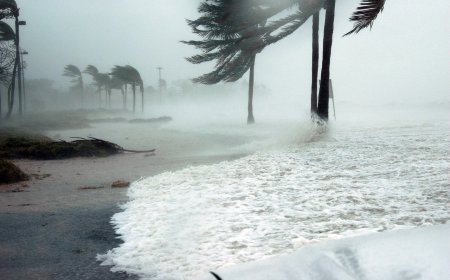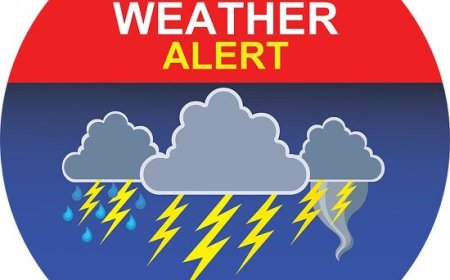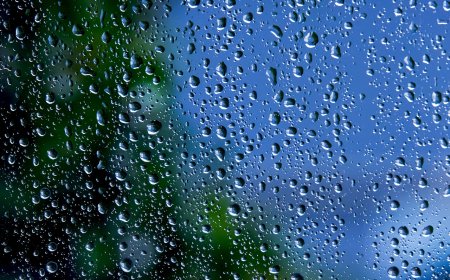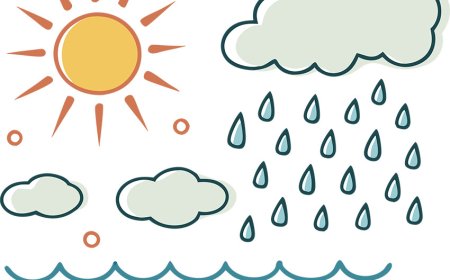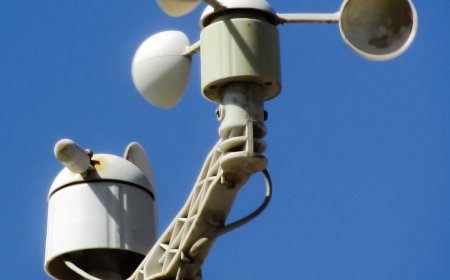Weather: Understanding Nature’s Daily Mood
Explore the science of weather, from sunshine and storms to clouds and climate. Learn how weather works, what causes it, and why it matters—perfect for students!
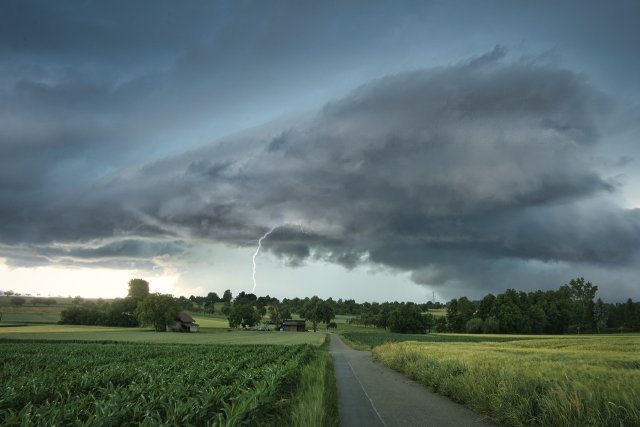
Introduction
Weather is the condition of the atmosphere around us at a certain time and place. It includes things like temperature, wind, clouds, rain, snow, and sunshine. Weather can change daily—even hourly—and affects everything from what we wear to how plants grow. The science of studying weather is called meteorology. While weather is often short-term, it connects closely with climate, which is the average weather in a place over a long time.
Physical Description: What Is Weather?
Weather is all about what’s happening in the Earth’s atmosphere, especially the lowest layer called the troposphere. It’s shaped by several main elements:
- Temperature: How hot or cold the air is
- Humidity: How much water vapor is in the air
- Precipitation: Rain, snow, sleet, or hail
- Wind: Moving air caused by pressure changes
- Air Pressure: The weight of the air around us
- Cloud Cover: How much of the sky is blocked by clouds
All these factors work together to create the weather we feel and see every day.
Where Does Weather Happen?
Weather occurs everywhere on Earth, from the hottest deserts to the coldest polar regions. However, different areas experience different types of weather:
- Tropical regions often get hot temperatures and heavy rain.
- Deserts have dry weather with little rainfall.
- Mountains can have rapidly changing weather due to elevation.
- Coastal areas may have milder weather but more humidity.
- Polar regions stay cold and snowy most of the year.
Weather is powered by the Sun. The sun heats Earth unevenly, causing air and water to move, which creates different weather patterns.
How Does Weather Form?
Just as animals hunt and feed, weather "forms" in response to conditions in the atmosphere. Here's how:
- Rain forms when warm air rises, cools, and water vapor condenses into droplets.
- Snow happens when the air is cold enough for water vapor to freeze into ice crystals.
- Wind is caused by air moving from areas of high pressure to low pressure.
- Storms develop when warm and cold air masses collide, creating strong winds, lightning, and sometimes hail or tornadoes.
Weather systems are affected by air masses, fronts, and jet streams—fast-moving air currents high in the atmosphere.
The Cycle of Weather
Weather follows patterns and cycles, especially through the water cycle, which includes:
- Evaporation – Water from oceans, rivers, and lakes turns into vapor.
- Condensation – Water vapor cools and forms clouds.
- Precipitation – Water falls as rain, snow, etc.
- Collection – Water gathers in oceans, lakes, or underground.
This cycle is continuous and helps power daily weather changes. Over longer periods, seasons (spring, summer, fall, winter) also play a part in the "life cycle" of weather in different regions.
How Weather Is Measured
Meteorologists are scientists who study and predict the weather. They use many tools to collect data:
- Thermometers: Measure temperature.
- Barometers: Measure air pressure.
- Hygrometers: Measure humidity.
- Anemometers: Measure wind speed.
- Rain Gauges: Measure how much rain has fallen.
- Weather Satellites: Orbit Earth and take pictures of cloud patterns.
- Weather Radars: Track precipitation and storms.
Using this information, meteorologists create weather forecasts that help people plan their day and prepare for dangerous conditions.
Types of Weather
Weather can be sunny, rainy, snowy, windy, or cloudy. Here are some common types of weather and what causes them:
Sunny Weather
When skies are clear and the sun shines brightly, it’s due to high pressure systems that keep clouds away. Sunny days often bring warmth and calm conditions.
Rainy Weather
Rain happens when moist air rises and cools, causing water vapor to condense into droplets that fall to Earth. This often occurs in low pressure systems or near warm and cold air masses called fronts.
Snow and Ice
When the air temperature is below freezing, precipitation can fall as snow. Snow forms from ice crystals in clouds that stick together and fall. If conditions are right, sleet or freezing rain may occur instead.
Windy Weather
Wind is simply air in motion. It moves from areas of high pressure to areas of low pressure. Wind can be gentle or strong, depending on the pressure difference.
Cloudy Weather
Clouds form when air containing water vapor rises and cools. There are many types of clouds, such as:
- Cumulus: Puffy and white, often seen on sunny days.
- Stratus: Layered and gray, bringing overcast skies.
- Cumulonimbus: Tall, dark clouds that can cause thunderstorms.
How Weather Affects Life
Weather influences human and animal behavior:
- Farmers rely on rain and sun for crops.
- Animals migrate or hibernate based on seasonal changes.
- People change clothing, travel plans, or school schedules due to the weather.
- Dangerous weather—like hurricanes, blizzards, and floods—can affect entire communities and ecosystems.
People have learned to adapt to weather by building homes suited to climate, creating weather forecasts, and using warning systems for severe conditions.
Why Weather Matters
Weather itself isn’t endangered, but climate change is affecting weather patterns worldwide. The Earth’s climate is warming due to greenhouse gases (like carbon dioxide), which causes:
- More extreme storms
- Longer droughts
- Stronger heatwaves
- Melting polar ice and rising sea levels
Scientists and students alike are working to understand and reduce human impact by promoting clean energy, planting trees, and reducing pollution.
Cultural Significance
Weather plays a big role in human culture. We talk about it daily, and it appears in:
- Stories and sayings, like “Red sky at night, sailor’s delight.”
- Art and music, with songs about rain or sunshine.
- Myths, such as ancient gods of thunder (like Thor) or rain dances to ask for water.
Weather also influences holidays, traditions, and daily habits around the world.
Interesting Facts
- A single lightning bolt is five times hotter than the surface of the sun!
- Clouds may look light, but a single puffy cloud can weigh over 1 million pounds.
- The fastest winds on Earth occur in tornadoes—over 300 mph (480 km/h)!
- Antarctica is the driest, coldest, and windiest continent on Earth.
- Weather forecasts are made using satellites, radar, balloons, and computer models.


















































